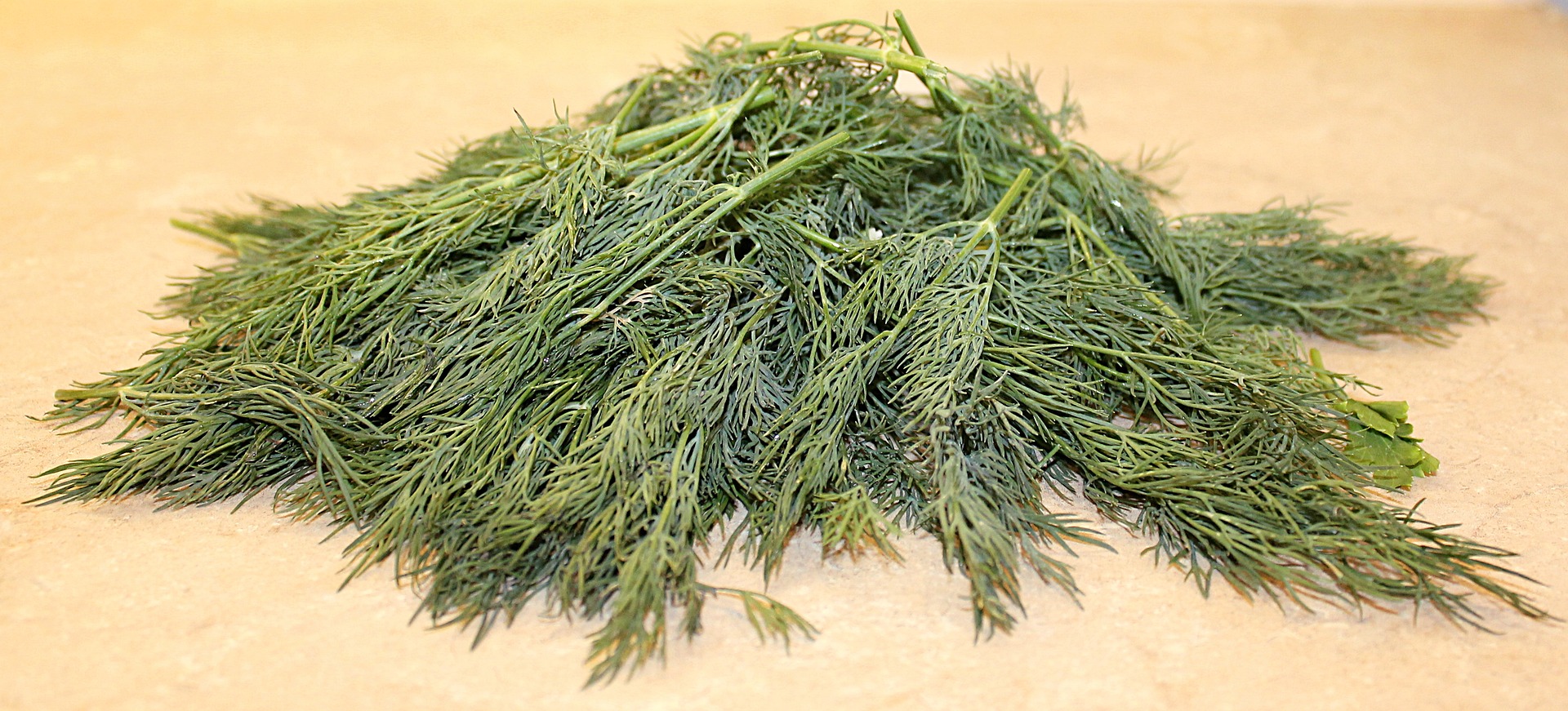I can’t believe we haven’t covered dill yet!
Dill is one of those foods I like, but in very, very small amounts.
Let’s find out what other people use the herb for, along with other significant dill details.
Although we’re concentrating on the dill tips and dillweed here, dill seeds are consumable as well.
Origin:
As with others herbs, dill is native to the Mediterranean region, as well as southern Russia. The Romans believed dill to be representative of vitality, and it was used to cover food given to gladiators.
Today, dill is popular in Russia and Germany, and is associated with German and Scandinavian cuisines.
Although it looks fragile, dill is actually a fairly hardy herb – growing, drying, and freezing prove to be fairly simple.
Growing dill:
- Does not transfer well, so start out right in the garden.
- Prefers well-drained soil.
- Is one of the easier herbs to grow.
- Grows quickly.
Drying dill:
Dill can be hung upside down to dry in the traditional way, or, according to The Spice and Herb Bible, it can also be dried in a microwave oven.
Freezing dill:
Dill can frozen in sprigs, or cut up, placed in freezer bags and transferred to the freezer.
Food dill compliments:
- Pickles
- Chicken
- White sauces
- Salmon and other seafood
- Eggs and omelets
- Salads and soups
- Cottage cheese and cream cheese
